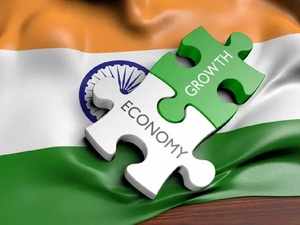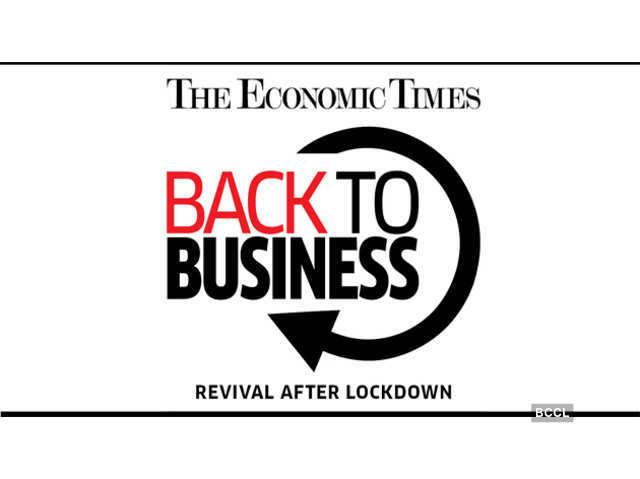
An almost total lockdown till May 3, with very few economic activities permitted, is justified if the marginal benefit exceeds the marginal cost. But does it?

COVID-19 CASES
WorldIndiaConfirmed10,815Deaths353Confirmed1,917,320Deaths119,483Economics students spend a lot of time learning the concept of marginal cost and marginal benefit. These are simple but powerful ideas.
Economics 101 typically discusses marginal cost and benefit in the context of consumption and production. For a producer, the marginal cost is the extra cost of making an additional unit of the product. For a consumer, the marginal benefit is the additional satisfaction from – and therefore the extra money he’s willing to pay for – consuming an extra unit of the product. Businesses should only make extra units if the marginal benefit exceeds the marginal cost.
Marginal cost and benefit are also excellent analytical tools for decision-making. Changing any course of action will almost always involve a change in costs and benefits. A change is worth it if the extra benefit is more than the extra cost.
For India under extended lockdown, the marginal benefit is in terms of additional successes in reducing infectious spread, the marginal cost is in terms of extra output, incomes and jobs lost.
Agencies

An almost total lockdown till May 3, with very few economic activities permitted, is justified if the marginal benefit exceeds the marginal cost. But does it?
Political arguments have framed the issue in two ways. First, that any but the most cautious unlocking will mean skyrocketing spread of infection. Second, on the economy side, the priority is taking care of the livelihoods of the poor, and then shifting attention to the larger economy, including perhaps through the much-awaited second stimulus package.
We are arguing that both government stands, on health and economy, need greater scrutiny.
That is, the marginal benefit of checking infections via an extended lockdown (with limited economic activity) is perhaps being overestimated, and the marginal cost of economic loss is being underestimated.
Let’s look the economy first.
1. The Indian state DOES NOT have the fiscal capacity to both take care of millions of poor who have been disproportionately hit by the lockdown AS WELL AS provide a large stimulus to the economy. Our tax/GDP ratio has always been low, it was sliding even before Covid-19 hit, and is now falling off the cliff. Even a 5 percentage point relaxation in fiscal deficit won’t be enough to take care of social welfare and provide an economic booster. So, to think there’s a government package that will be save us from economic disaster is a fantasy.
2. The Indian state doesn’t employ the millions and millions of low income citizens who have been the hardest hit. The private sector, organized or unorganized, does, whether directly or indirectly. If the top of the economic pyramid remains moribund, those earning livelihoods at the bottom will continue to suffer.
3. Related to the first two points, unless small and medium enterprises, some services and some activities like construction open soon, India may be staring an unemployment rates of 30%-plus, without counting very large underemployment in villages where the luckier among migrants have now gone back. That’s a social crisis that may turn into a something worse.
4. Private investment has been stagnant long before Covid-19 hit. And the lockdown has absolutely pummeled industry confidence. Therefore, one HAS to assume that there will be a long lag between permissions to open up industrial activity and actual resumption of industrial activity. The government should think of a company management that has seen revenues disappear, demand vanish, labour flee, and fixed costs piling up – is that company going to jump up and start producing in a few days?
5. How can any economic activity really start if transport services, whether inter-state or intra-state remain completely or virtually shut? There’s no guarantee that labour will be found for a range of activities – production, goods movement, packaging – where a factory is allowed to open. Allowing limited transport services, including trains, is must for any meaningful restarting of economic activity.
What these five points establish is that the marginal cost in terms of loss of output, incomes and jobs of a prolonged lockdown that allows very limited opening up will be very, very high. And this is not even taking into account the possibility of local administrations issuing contradictory and unworkable-on-the-ground directions to businesses.
Now, let’s look at the marginal benefit in terms of preventing the spread of infection from an extended, near-full lockdown. We are arguing that the marginal benefit is being overestimated. In other words, India possibly doesn’t need as severe a lockdown as it may face till May 3 to tackle the epidemiological challenge.
1.Yes, absolute numbers of cases have risen. But those numbers are still extraordinarily small in a country of 1.3 billion.
2.The rise in absolute number of cases is largely concentrated in a few districts. Out of 736 districts in India, 80% of cases have come from less than 10 per cent of districts.
3.The theory that because of limited testing, there may be thousands or millions of infected Indians who are not getting identified doesn’t account for one fact. In a country with so many immuno-compromised, low income people, there’s no way a massive outbreak can go unnoticed. If there are no reports of masses of people getting sick with some or all symptoms, it’s probably because masses of people aren’t getting sick.
4. A very large majority, upwards of 75%, of infected people in India are below 60. Therefore, the chances that most of those infected will live are very high.
5.We seem to be not accounting at all for the very real possibility that the harsh Indian summer – temperatures in the North are set to hit and 40 degrees and above very soon – may do its own bit to flatten the curve.
Taken together, these indicate that the marginal benefit in terms of slowing the infection spread through an extended, almost-full lockdown is probably smaller than it is being assumed. That is, such a measure may not be necessary given certain features of the Covid-19 spread in India.
If the marginal cost is higher than it is being assumed, and the marginal benefit is lower, the smart and necessary decision would be to open up large parts of the economy after April 20.
(Views expressed are author’s own)
Source: indiatimes.com

